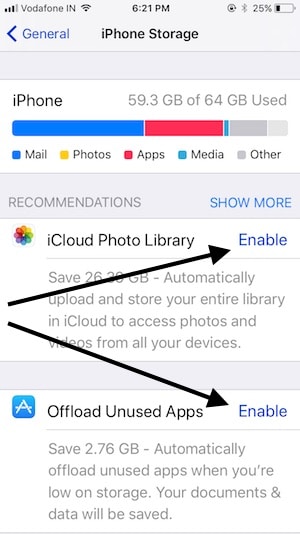
- #Paraview crashes mac opening large solutions how to#
- #Paraview crashes mac opening large solutions manual#
- #Paraview crashes mac opening large solutions code#
#Paraview crashes mac opening large solutions manual#
The features are as follows: user-defined equation variables, free-flight termination, PreProcess and PostProcess methods, manual integration and manual particle-shifting capabilities, access to data from all three inputs, and surface interactions. While most of these features remain empty in vtkLagrangianBasicIntegrationModel and vtkLagrangianMatidaIntegrationModel, other models can implement them. The models also come with various features. Integration models make it possible to set which equations to employ. In addition, the models must implement their respective FunctionValues methods to integrate particles.
#Paraview crashes mac opening large solutions code#
For instance, the models must inherit code from the base model,
#Paraview crashes mac opening large solutions how to#
An example shows the use of LagrangianParticleTracker with vtkLagrangianMatidaIntegrationModel.Įxample plug-ins exist in ParaView that demonstrate how to implement and utilize new models. While it is possible to implement other models within the toolkit, one of the design strengths of LagrangianParticleTracker is that it allows developers to create their own models as ParaView plug-ins, load them into ParaView, and use them on the go. VTK already implements a model, vtkLagrangianMatidaIntegrationModel. The main parameter of LagrangianParticleTracker is its integration model. It remains empty if no surface input exists.

ParticleInteractions shows all interactions between particles and surface input. ParticleInteractions is a vtkPolyData data object of vertices with the same composite layout of surface input. ParticlePaths is a vtkPolyData data object of polylines that shows the paths of particles in the flow. In addition to three inputs, LagrangianParticleTracker has two outputs: ParticlePaths and ParticleInteractions. Particle tracking continues until the particles meet terminal conditions and stop. The particles then integrate with specific equations and with data from flow input. To begin the process of particle tracking, seed input injects particles in the flow. Optional surface input contains a dataset that interacts with particles, any kind of data object, and support for distributed input. Flow input contains a volumetric dataset that integrates with particles, any kind of data object, and support for distributed input. This input only uses the first leaf of a composite dataset. Seed input contains a dataset with a point on which to generate particles, any kind of data object, and support for distributed input. The inputs of the filter include the following: seed (source) input, flow input, and optional surface input.

In this simple illustration of particle tracking, t=0, t=1, t=2, and t=3 correspond to particle positions at different integration times. The work for the new filter focused on providing a particle-centered implementation of the LPT algorithm that includes a dynamic equation model and optional surface interactions, among other features. The idea behind particle tracking is to inject, integrate, record, and display particle trajectories. VTK and ParaView have a new filter, however, called LagrangianParticleTracker, which offers a completely configurable implementation of the Lagrangian Particle Tracking (LPT) algorithm. Such tools have specific uses, and they are not quite configurable in terms of equations. Tools such as the StreamTracer filter in ParaView have become widely used in the VTK and ParaView communities of users. Since the creation of the Visualization Toolkit (VTK) and ParaView, support for these tools has improved. Particle trackers and streamlines serve as important tools in multiple scientific domains such as fluid dynamics, thermodynamics, medicine, and biology.


 0 kommentar(er)
0 kommentar(er)
